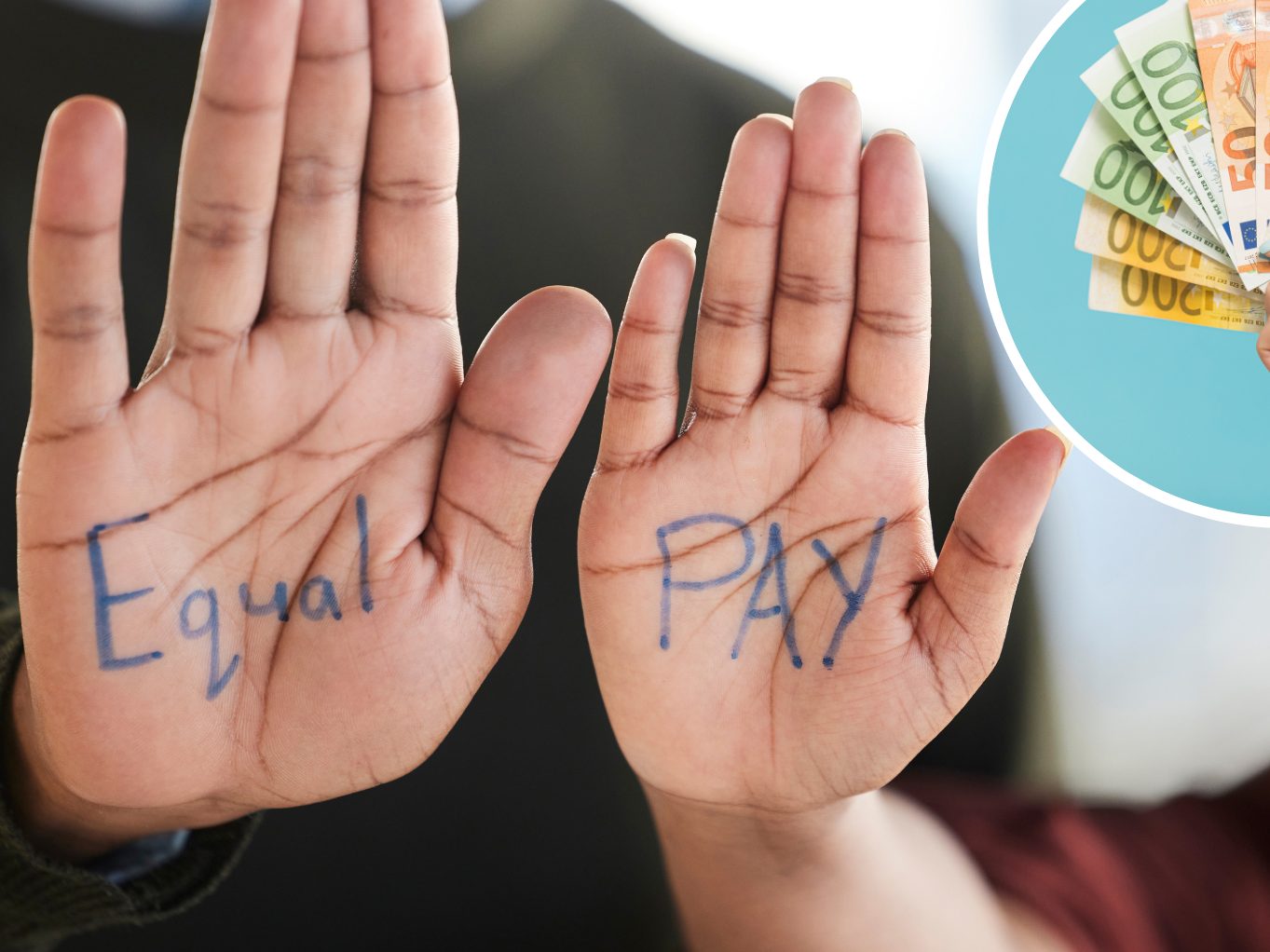The fact that very different time periods arise - in 2025 it is sometimes 44, sometimes 60 days - is due to various calculations, explained Wifo economist Marian Fink. In an APA interview, he advocated for the expansion of childcare and against a home care allowance.

Women Work 44 or 60 Days for Free This Year: This Is the Reason
10-02-2025, 15:17
According to the network "Business and Professional Women Austria," which calculates the spring Equal Pay Day for Austria, the current wage gap between men and women is 12.2 percent (2024: 12.4 percent). The date has thus moved forward by one day, meaning women work "for free" for 44 days from the beginning of the year. The figures look different towards the end of the year: according to the Chamber of Labor (AK) Upper Austria, women work "for free" from November 2 until the end of the year, with the gender pay gap at 16.3 percent (2024: 16.6 percent). There has been little change, said the AK Upper Austria, explaining the one-day advancement of the Equal Pay Day, among other things, by the fact that the previous year was a leap year.
Equal Pay Day is on February 13
The reasons for this difference are not immediately apparent, as both dates use the income tax data from Statistics Austria from 2023 - there is no newer data - and the gross annual salaries of full-time employees throughout the year. However, the February Equal Pay Day is based on the median, while the one in November is based on the average income.
Fink did not want to make an assessment of which is "more correct" in the APA interview - they are different perspectives. The median compares the "middle woman" with the "middle man" - those who are in the middle of the income distribution. The average attempts to take other incomes into account, but it reacts strongly to outliers - very low or high incomes.
In both calculation methods, however, only a subgroup of society is considered with full-time employees throughout the year - the values are then only representative for this group. Wifo therefore calculates the gender pay gap based on the microcensus and hourly wages, although the data situation is difficult here. For 2022, this resulted in a gender pay difference of 13.5 percent.
![Was unterscheidet die beiden Tage? Bedeutung, Gender Pay Gaps, Berechnung, Unbezahlte Tage — Die Auslieferung der APA-Grafiken als Embed-Code ist ausschlie§lich Kunden mit einer gltigen Vereinbarung fr Grafik-Pauschalierung vorbehalten. Dabei inkludiert sind automatisierte Schrift- und Farbanpassungen an die jeweilige CI. Fr weitere Informationen wenden Sie sich bitte an unser Grafik-Team unter grafik@apa.at. GRAFIK 0228-25, 88 […] Was unterscheidet die beiden Tage? Bedeutung, Gender Pay Gaps, Berechnung, Unbezahlte Tage — Die Auslieferung der APA-Grafiken als Embed-Code ist ausschlie§lich Kunden mit einer gltigen Vereinbarung fr Grafik-Pauschalierung vorbehalten. Dabei inkludiert sind automatisierte Schrift- und Farbanpassungen an die jeweilige CI. Fr weitere Informationen wenden Sie sich bitte an unser Grafik-Team unter grafik@apa.at. GRAFIK 0228-25, 88 […]](/2025/02/AGD0001-20250209-1.jpg)
Salary Check: Women More Often in Sectors with Lower Pay
According to Fink, the creation of the wage gap is partly due to the fact that women are less often in leadership positions and more often work in sectors where there is a tendency for lower pay. Employment interruptions - due to child-rearing or caring for relatives - also play a role. Women are also more often in part-time jobs than men, which usually leads to fewer promotion opportunities. "There are very few managers who work part-time," said Fink.
The economist advocated for the expansion of institutional childcare and models for receiving childcare benefits that foresee a stronger division. In terms of balancing family and work, a "range of measures is still needed - a home care allowance is not one of them," said Fink. The bonus desired by the FPÖ for parents who care for their children at home could paradoxically even lead to a decrease in the wage gap. However, only because it would likely be mainly women with lower incomes who would leave the workforce due to this incentive, not those with higher incomes. Fink warned that the measure could lead to a reduction in institutional childcare, thereby reducing the freedom of choice.
(APA/Red)
This article has been automatically translated, read the original article .




